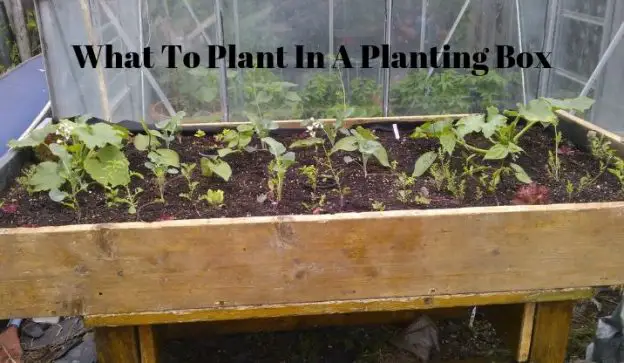My son recently set me up with a vegtrug to make growing vegetables and watering easier for me. After he put it all together I planted it up and now he’s made me a planting box. So what to plant in a planting box.
What To Plant In A Planting Box
My post entitled vegtrug planting guide gives all the information about what I’ve planted in there. This new one is like a large raised bed, it stands about 3 foot(90 cms) high and is roughly 3 foot x 6 foot (0.9 metre x 1.8 metres) and a depth of 8 inches (20 cms). It took 270 litres of compost to fill it and now it’s time to plant it up.
So what to plant in a wooden planter, well I have brassicas that need to be freed from their pots. That then dictates what else can be grown with them and by using square foot gardening techniques I can squeeze extra plants in. Which means I can grow much more than I should be able to in this area.
From companion planting I know certain plants will not be compatible and others that will thrive. So with my calabrese plants in place I have to add compatible plants and beneficial plants.
Best Plants For My Wooden Planter
Here’s a list of all the plants I’m growing in my wooden planter which my son laughingly calls the Stevetrug 🙂
Calabrese
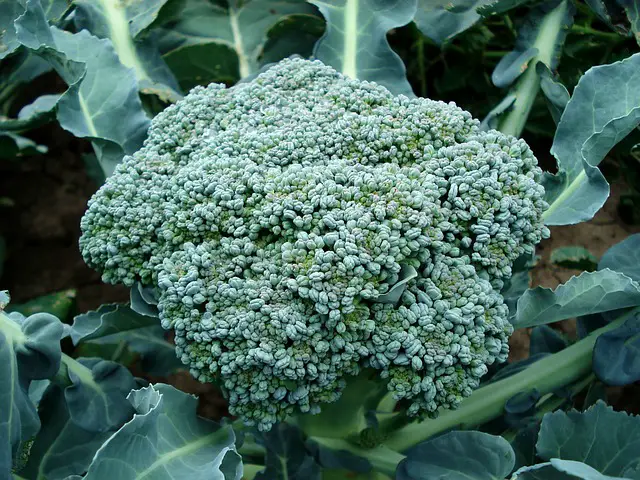
A member of the brassica family which is quite popular among my family. Calabrese is susceptible to cabbage white caterpillar attack flea beetles and whitefly can be a problem as well. As I’m growing through the Summer they will benefit from some shade as well because too much heat will make them bolt.
Mint
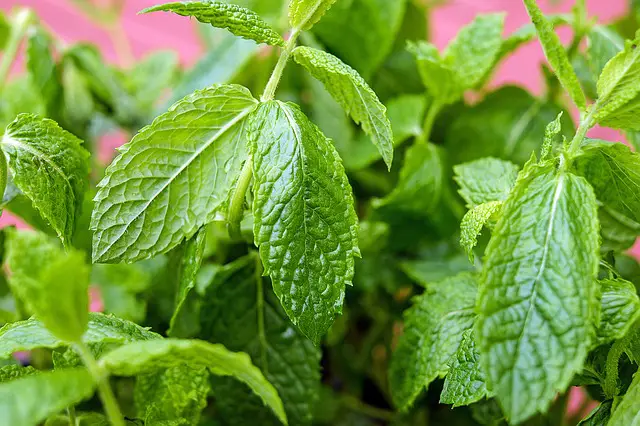
Well known to protect brassicas from cabbage whites, flea beetles and aphids, mint is an ideal companion for calabrese. As mint can be very invasive, I have mine in plant pots that are sunk into the soil. This gives me all the benefits without any problems with root spread however there is a problem with sinking pots…
When a pot is sunk into the soil it doesn’t have access to as much water as when openly planted. So I have to remember to regularly water these pots full of mint. To find out more about companion planting mint click here.
Dill
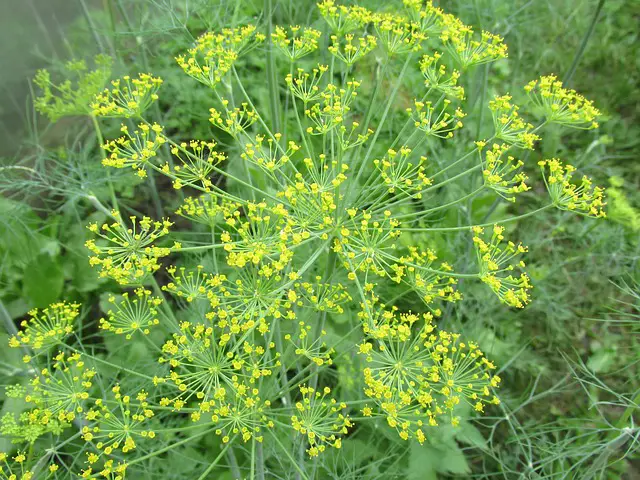
This herb is very beneficial to organic gardeners, it repels cabbage whites, and it improves health and growth in brassicas. Other plants that benefit from dill include melons, cucumbers, sweetcorn, onions, and lettuce. If allowed to flower dill will attract bees necessary for pollination.
Courgettes (Zucchini)
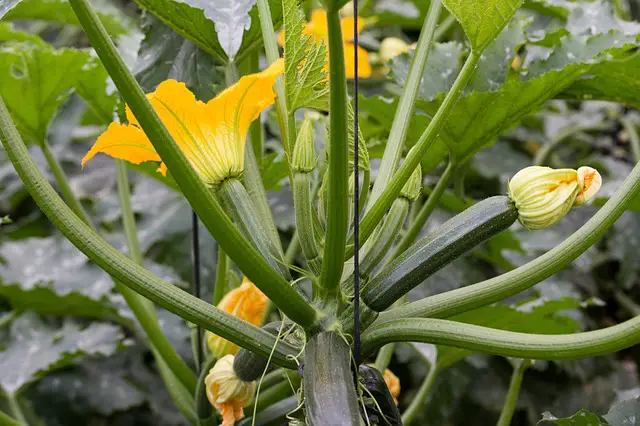
To give some shade to my brassicas I have added a couple of courgette plants. These will benefit from the bees attracted by the dill flowers and provide shade for the lettuce. For more information on zucchini companion plants (courgettes) click here.
Lettuce
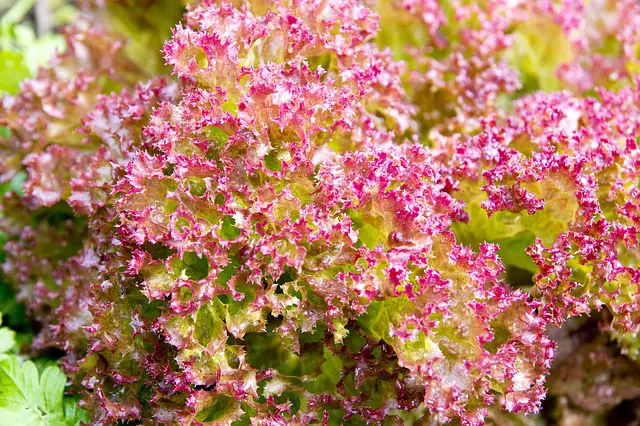
I am growing Lollo Rosso this year 99p for a packet of seeds and I have around 50 plants and half a packet of seeds left. I don’t understand why these lettuce are so expensive in the shops as they grow easily. By keeping the lettuce at the edges of the planter they shouldn’t share any problems with the brassicas.
For more on companion planting lettuce click here.
Rocket

Another member of the brassica family, rocket will grow around the edges and once it flowers it will attract pollinators. Like the lettuce if harvested a few leaves at a time it will continue to grow for some time. The dill will give the same protection to rocket as it will other members of the brassica family.
Dwarf Beans
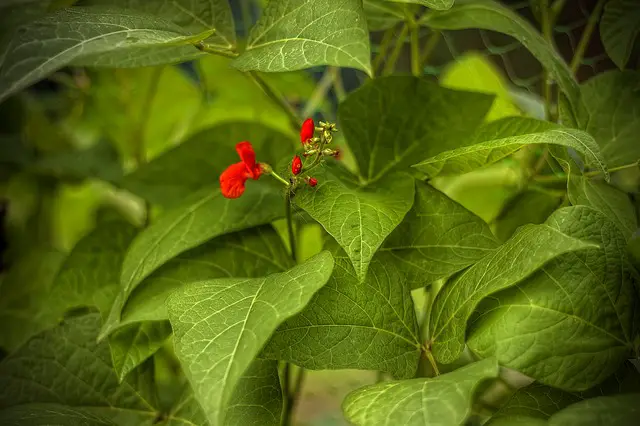
To provide protection from the sun and to benefit from the pollinators attracted by dill and rocket flowers. Beans along with all legumes will fix nitrogen in the air leaving more in the soil for its companions.
Sweetcorn
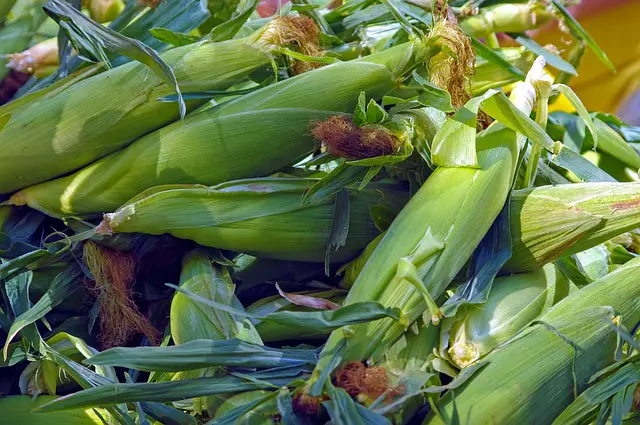
Growing between the calabrese and beans sweetcorn will provide shade and be the focal point of the planter. As known from the classic 3 sisters grouping sweetcorn will do well with the beans and the squash plants.
Borage
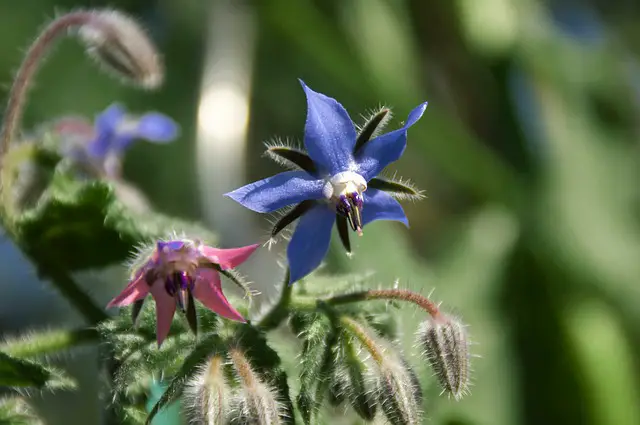
This annual plant attracts beneficial pollinators and improves the health of every plant grown in companion with it. For more on companion planting borage click here.
Essential Rules For Plants In Planters
The absolute essential rule is start with good soil. Good soil begets good plants. so before considering what to plant in a planting box sort your soil out.
#1 Don’t Overcrowd
All plants need room to grow, stunted plants won’t produce nearly as well as happy plants. So allow enough room for plants to grow however, refer to the square foot garden post for unconventional planting distances that work.
#2 Don’t Allow To Dry Out
Growing plants in planters be they fruits, vegetables or flowers all need water. As obvious as that sounds it’s the #1 reason for plant failure. Why? Because soil in planters dries out quicker than ground soil.
Always do the finger test to see if your planter needs watering, just poke a dry finger deep into the soil. If it comes out clean with no soil attached you need to water. If it comes out dirty with soil no watering is required.
#3 Don’t Over Water
Another major reason for plant failure is drowning plants, plants need oxygen as well as water. When over watered the roots can’t get any oxygen and they drown. Do the finger test to determine if plants need watering.
#4 Add Feed As Needed
Any soil is only viable for so long then extra nutrients need to be added. Refer to planting guides for relevant food for your particular plants.
#5 Check Planter Regularly
This one should possibly have been #1 as I believe the secret to successful gardening is observation. By checking your planter regularly you will notice any problems and you can then deal with them and save sick or damaged plants.
#6 Harvest Or Deadhead Regularly
If growing flowers you will get a much longer display if you regularly deadhead your plants. The whole reason plants produce flowers is to reproduce and carry on their species, once they set seed it’s mission accomplished. The same with vegetables, squash, tomatoes, cucumbers and so on will all produce more if you remove the produce regularly.
If you are not familiar with the practise of deadheading check out my post what is deadheading?
That’s my guide for my planting box this year. What to plant in a planting box will change from season to season and each year will be different. I hope this is of some benefit to you, please feel free to let me know what you are planting in the comments below.
21/06/2019 Update
I said “Basil” when I meant Borage 🙂

